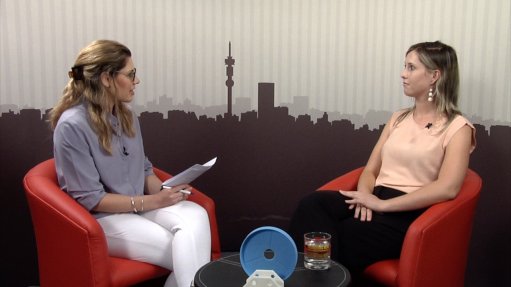
An often-overlooked yet crucial component of locomotives are the pedestal or axle box liners, which significantly enhance the smooth operation of trains on tracks.
South African wear parts manufacturer Vesconite produces pedestal liners for locomotives such as GE and EMD. Pedestal liners are installed on the locomotive at the interface between the pedestal leg and the axle box. They reduce the friction at this interface, which enables the axles to move freely in a vertical and lateral direction. Low-friction pedestal liners are key in reducing the force required for the wheel set to move laterally when the train comes into contact with a defect in the rail.
Vesconite Rail Chief Operating Officer Zané Easton highlights the significance of low friction pedestal liners, explaining that these liners serve as a protective barrier between the pedestal leg of the side frame and the axle box housing the axle bearings.
While their primary function is to act as sacrificial wear parts, Easton emphasises the often overlooked importance of bearing performance, particularly in vertical alignment and lateral stability.
She emphasises the benefits of low friction pedestal liners, specifically focusing on Vesconite’s Hilube 20.
“By reducing wear on wheels and tracks, these liners not only contribute to smoother locomotive movement but also result in significant cost savings in maintenance,” she says.
There is a significant financial impact as well.
"The most expensive parts on a train are your wheels, and the rails are even more expensive. So if we can reduce any type of maintenance cost with these items, that is where it has a crucial benefit," she states.
Advantages
Vesconite's Hilube 20 stands out due to its advantages over traditional materials like steel. It offers a longer lifespan and exhibits impressive impact resistance. An unexpected advantage relates to the parts being physically lighter than traditional parts, requiring reduced physical strength from maintenance personnel.
Further, Easton cites instances where freight operators have removed these liners after a million kilometers with no signs of cracking or breaking, which is testament to their durability.
The self-lubricating nature of Hilube 20 also eliminates the need for additional maintenance, addressing concerns related to lubrication in rolling stock.
"Having a material that is self-lubricating is excellent, especially in the railway industry," Easton explains.
Vesconite Bearings boasts some 45 years of experience in the railway industry and continues to be a key player in supplying components to this crucial industry.
"Our main purpose is to help customers resolve challenges to ensure safer, more efficient and more sustainable operations," she concludes.
As the railway industry embraces advancements in materials and technology, the role of components like Vesconite’s Hilube 20 pedestal liners becomes increasingly vital in shaping the future of efficient and sustainable rail transport.